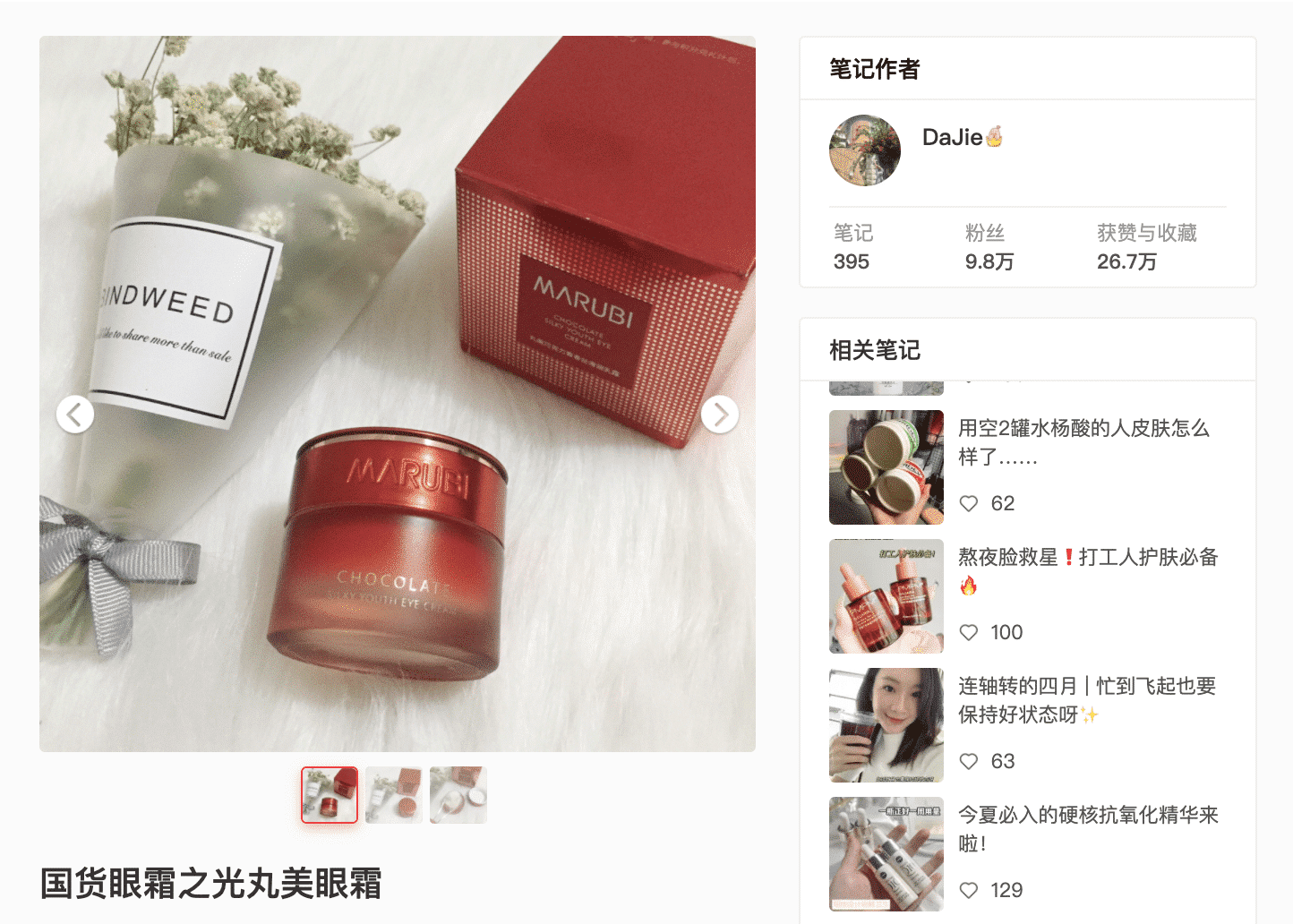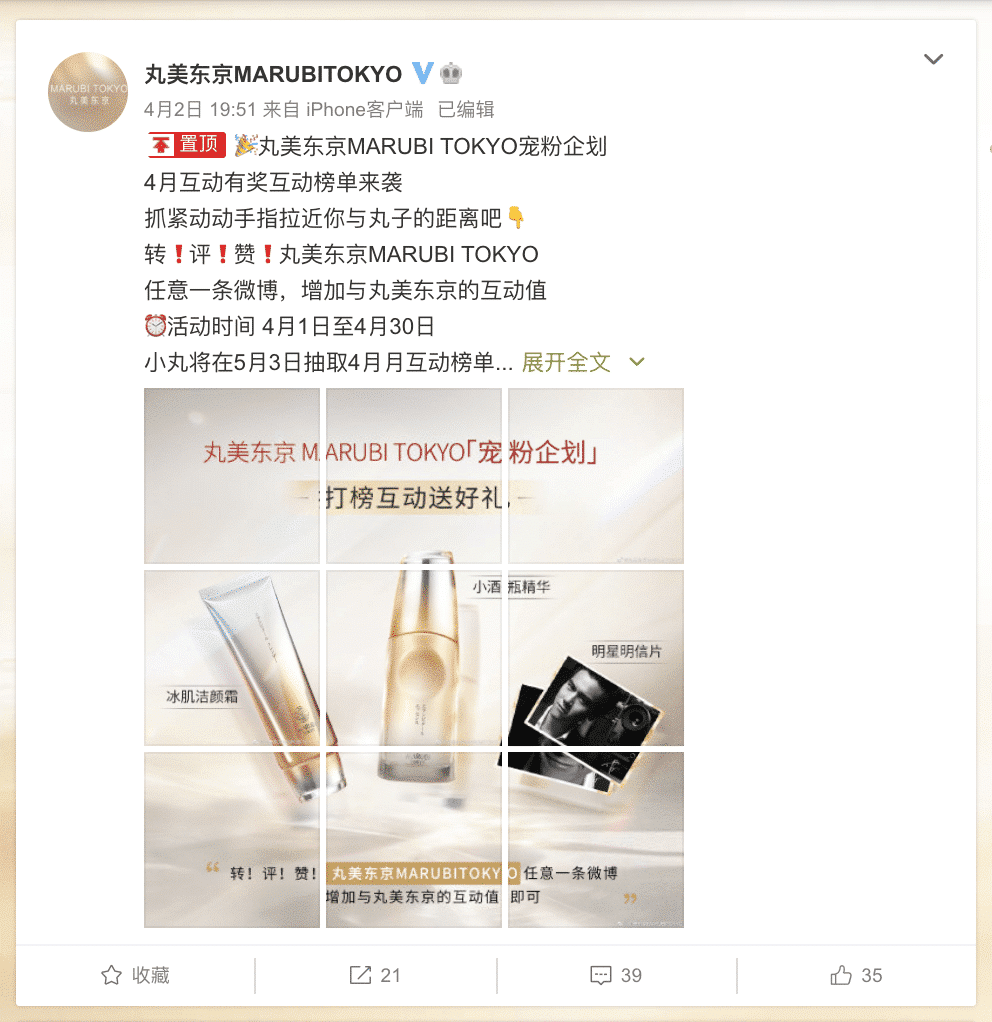For an effective KOL marketing campaign for brands in the Chinese market, carefully planning a strategy utilizing KOLs is an essential step. But simply “working with KOLs” is not a guarantee of success – brands have to have the right approach and the right tactics. In this fast-moving field, the environment is constantly changing and evolving, and brands have to update their playbook constantly, lest their tactics become obsolete. What worked last year may not work this year, so what KOL marketing tactics do brands need to have in their toolbox in 2021?
2021 KOL Marketing Tactics
Below, we’ve pinpointed some of the KOL marketing tactics that brands should place at the heart of their KOL strategy in 2021.
Build KOL marketing partnerships for the long-term
Brands should identify KOLs with who they can form enduring partnerships, rather than working on one-and-done campaigns. It takes time for working relationships to evolve into meaningful, mutually beneficial long-term partnerships, so brands shouldn’t rush the process.
After initially screening KOLs to find those who seem like the best fit, brands have to continually evaluate every aspect of the partnership, from campaign performance to the way the KOL plays off the brand. When this is executed well, brands will find that the relationship with the KOL delivers “always on” value in their marketing. That could mean regular call-outs from the KOL, or it could mean that consumers and fans identify the KOL with the brand in a way that yields mutual benefit – think of Michael Jordan’s decades-long association with Nike, long after his retirement from basketball.
Brand voice must be platform-specific and channel appropriate - choose KOLs accordingly
KOLs can be vital megaphones for brand messaging. However, brands shouldn’t rely excessively on a single KOL, or KOL marketing in general. Brand equity is built by showing up in a variety of spaces and in each of those, the brand must speak with an authentic voice appropriate to the context. Brands must set the appropriate voice from channel to channel. In some contexts, that will mean using the brand voice, or the voice of a celebrity brand ambassador. However, when the brand works with KOLs through the KOL’s own channels, the brand wants the KOL to speak to their fans in their authentic voice. Transparency and authenticity are the gold standards in KOL marketing. Fans will immediately call out KOLs who sound like they are delivering a “message” on behalf of their sponsors.
Brands should understand what kind of marketing function each social platform in China is useful for, and plan campaigns to use different platforms at different stages of a campaign. Miaozhen Systems and China Advertising Association dissected the KOL marketing tactics used at each stage of a product launch campaign by Chinese beauty brand Marubi. The campaign opened on Weibo with a single celebrity partner generating early interest among fans. The next phase engaged a select few beauty KOLs driving sales through livestreams on Taobao Live, as well as awareness-raising posts from entertainment KOLs on WeChat and Weibo. Marubi kept the momentum going with over 20 beauty, entertainment, and culture KOLs posting content on Taobao Live, WeChat, and Weibo, while almost 50 micro-influencers and KOCs on those three platforms and also on Douyin shared their experiences and reviews to generated word-of-mouth interest organically.

Use coupon codes and custom QR codes to track ROI
Evaluating performance can be one of the trickier aspects of KOL marketing, with a good deal of nuance involved. How ROI is measured will depend on the brand’s agreement with the KOL, whether that be based on reaching a minimum sales figure, a specified engagement rate, or some other metric. As KOL marketing is increasingly synonymous with the expectation of driving sales via livestreamed e-commerce, brands need to ensure they’re building trackability into their campaigns. Whether the brand’s campaign is being run via livestream, short video on Douyin or Bilibili, or posts on traditional social platforms like WeChat and Weibo, unique discount codes or QR codes allow marketers to capture the specific data needed to evaluate where consumers are coming from. Parklu has also developed a Media Value metric to help brands understand the value of the brand awareness generated by KOL marketing.
KOL competitions for the win
With thousands of hours of livestreams and millions of social media posts being uploaded every day, it’s easy for a brand’s KOL cooperation content to get lost in the fog. Giveaways and competitions are still a great way for brands to grab the attention of consumers, generating genuine curiosity, excitement, and interest in the brand and its products. However, the potential energy generated is directly proportionate to the value or prestige of the gift that’s up for grabs – brands should not use competitions to offload surplus stock or product lines that are nearing the end of their life cycle. A better tactic is to offer KOLs high-value items for use in giveaways or use the competition as an opportunity to create a buzz with a sneak peek at a new product that is about to launch.

Multiple calls to action can be folded into a competition, another reason why this is such a useful tool for marketers. While formulating the competition rules, brands should consider the results and rankings they want to achieve – calls to action could include driving content distribution by asking consumers to tag friends or share the post, boost engagement by liking the post, or increase exposure for the brand’s own channels by asking consumers to follow the brand. Brands should be careful not to over-complicate the demands and should lay out clearly how many prizes are available, how and when winners will be chosen.
Be on guard for false KOL data
When choosing KOLs to cooperate with, brands should carefully scrutinize every potential partner’s track record. Know that false data is a huge problem in KOL marketing, and that everything from follower numbers to engagement can be exaggerated, inflated, and outright falsified. According to research by Miaozhen Systems and China Advertising Association, almost 20 percent of traffic attributed to the top tiers of livestreamers comes from fake accounts. That figure rises to almost 30 percent for smaller scale livestreamers.
Brands shouldn’t take data supplied by KOLs or multi-channel network (MCNs). Instead, dig into the KOL’s account and previous posts to try to assess the actual level of engagement on their content (and even then, be aware that engagement like comments can be faked). Brands should seek referrals from other brands on which KOLs have proved effective and reliable partners.
Learn more about how to grow you brand’s influence in China by clicking the banner below!

